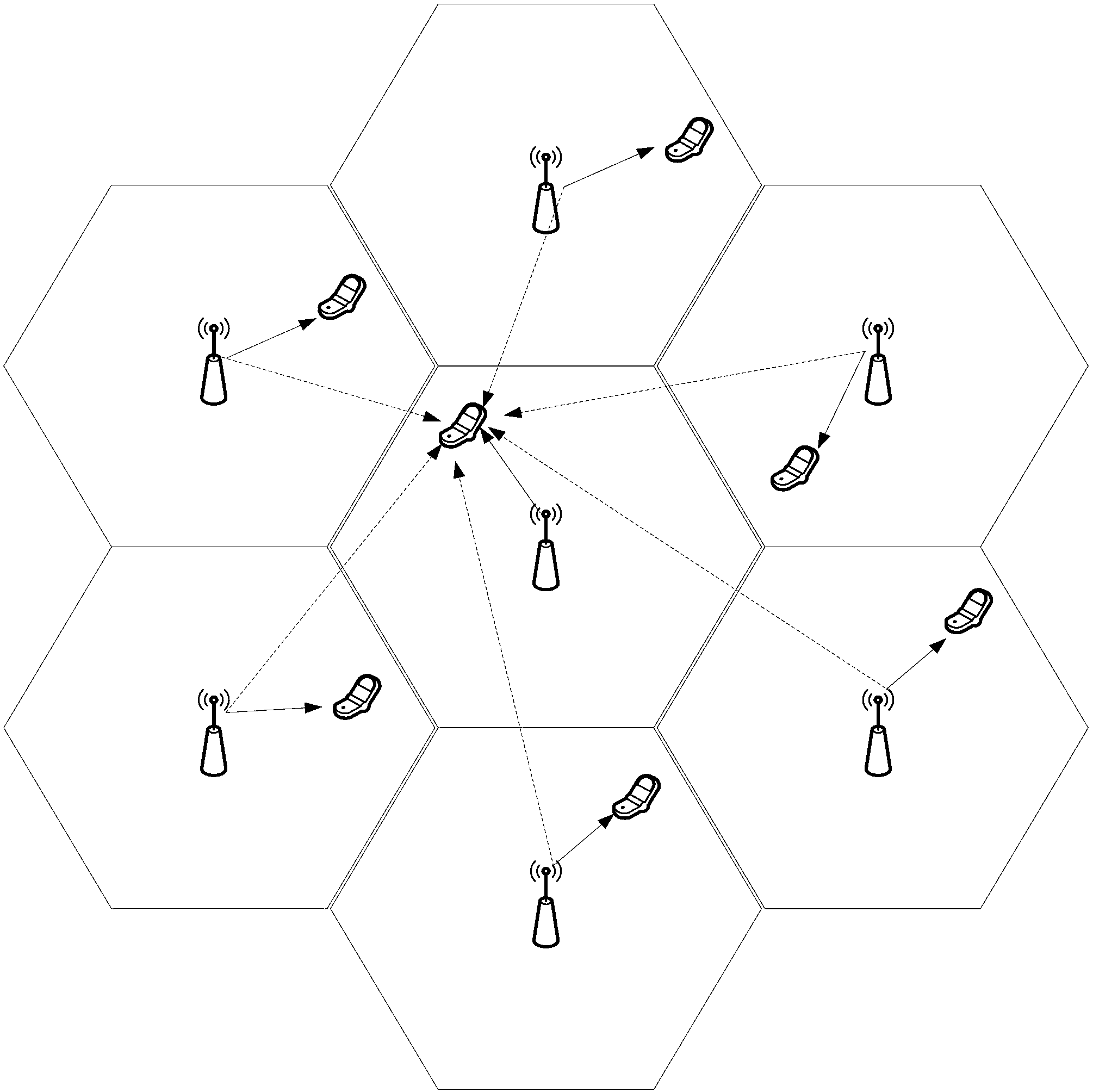Multi-cell cooperative resource allocation method based on potential game theory
A technology of multi-cell cooperation and resource allocation, applied in the field of multi-cell collaborative resource allocation based on potential game theory
- Summary
- Abstract
- Description
- Claims
- Application Information
AI Technical Summary
Problems solved by technology
Method used
Image
Examples
Embodiment Construction
[0022] In order to make the description of the advantages of the technical solution of the present invention more clear, the specific implementation of the present invention will be further elaborated below in conjunction with the accompanying drawings. Obviously, the described embodiments are only some of the embodiments of the present invention, not all of them. According to the embodiments of the present invention, those skilled in the art can realize all other embodiments of the present invention without creative efforts, which all belong to the protection scope of the present invention.
[0023] In the following description, the technologies irrelevant to the present invention are only briefly explained or skipped directly.
[0024] The main idea of the present invention is: take the maximum power value on the sub-channel of the same frequency as the constraint condition, take maximizing the throughput of all cooperative cells as the objective function, and update the su...
PUM
 Login to View More
Login to View More Abstract
Description
Claims
Application Information
 Login to View More
Login to View More - R&D
- Intellectual Property
- Life Sciences
- Materials
- Tech Scout
- Unparalleled Data Quality
- Higher Quality Content
- 60% Fewer Hallucinations
Browse by: Latest US Patents, China's latest patents, Technical Efficacy Thesaurus, Application Domain, Technology Topic, Popular Technical Reports.
© 2025 PatSnap. All rights reserved.Legal|Privacy policy|Modern Slavery Act Transparency Statement|Sitemap|About US| Contact US: help@patsnap.com



